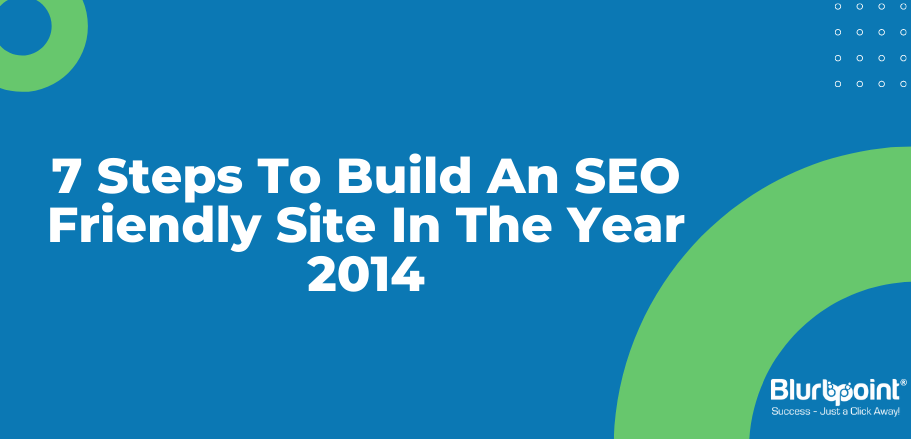GET A FREE CONSULTATION



Posted by Tejas Kirodiwal
January 31, 2014
In addition to the Penguin 2.1 and Panda updates in 2013, Google also unveiled its Hummingbird algorithm, which is highly focused on accuracy, conversational search and the speed. More concentration is laid on usability by weeding out the spam links and sites that lack the resourcefulness and is an attempt to increase its PageRank without offering any value to the users.
Let’s have a look at the trends for 2014 and what the SEO’s have started adapting to remain in the race of reaching the top in online search. Here is something that could help in structuring the strategies for a search engine optimized website in the year 2014.
The major part of concentration of Penguin 2.0 was on the kind of content that was produced for the audience. It is necessary for the sites to have at least 300 words of high quality content per page. Each page has to be contextual to the Meta descriptions and title. H1 tags should also be contextual and should utilize the target keywords. A robust internal linking profile should be created where each body of text contains links to the other sections of the site.
Try to focus a major page for each and every service that your site has to offer. For instance, an internet marketing company would have a page dedicated to each service namely SEO, Social Media, PPC etc. Another inevitable page is the Frequently Asked Questions (FAQ) page where the most common questions asked by your customers such as the prices, the usability, functionality and other questions are asked which leads to your conversion goals. There is a large increase in those sites that have the FAQ after the release of the new Hummingbird update as the focus is on conversational search questions.
In order to help Google bots take the pages into their consideration as well as navigate the site, your site should hyperlink the text that is related to the content or the services on the other section of your site. Thus, if you are referring to a particular product on the Frequently Asked Questions page, hyperlink the product to that page that contains the details about the product in your site and vice versa. This gives context to Google and makes it quite easier for the bots to navigate.
A contextual image should be given on every single page. An alt tag should be entered with all images that pertain to the keywords that are being targeted for the online marketing purposes of the website. The picture of a particular product on the product page should be given an alt tag that is relevant to the image and the product.
A blog should be maintained onsite and updated on a weekly or a monthly basis and should be targeting long tail keyword questions that are pertaining to the business with the rest of the post providing the answers to those questions. Relevant blog posts that contain long tail keyword questions make the site look more attractive and draw more traffic through organic search. The blog on a site should have a frequent flow and high quality content to build authorship.
Google will be putting more focus on social search, especially on Google Plus with publisher tag. While posting articles and the pages, a link would appear in the search results with the company’s Google Plus image, to the Google Plus page, next to the search with other recent updates and posts. Posts should also be having the Google+ writer’s attribute with the Authorship; however, the publisher tag is more significant than the authorship.
It is recommended to include Schema.org whenever possible into the website. Schema makes the site relevant among the major search engines by implementing a universal code used by all these popular search engines to bid good bye to the unnecessary codes. For instance, a schema should be included on the contact page to specify the location.
These are the strategies to look out in the current year. Having all the strategies will keep the site intact with add value to the site, make it more relevant and will be prepared for the next round of Google algorithm. These strategies will serve as a strong foundation and could be perfected once the site is built.